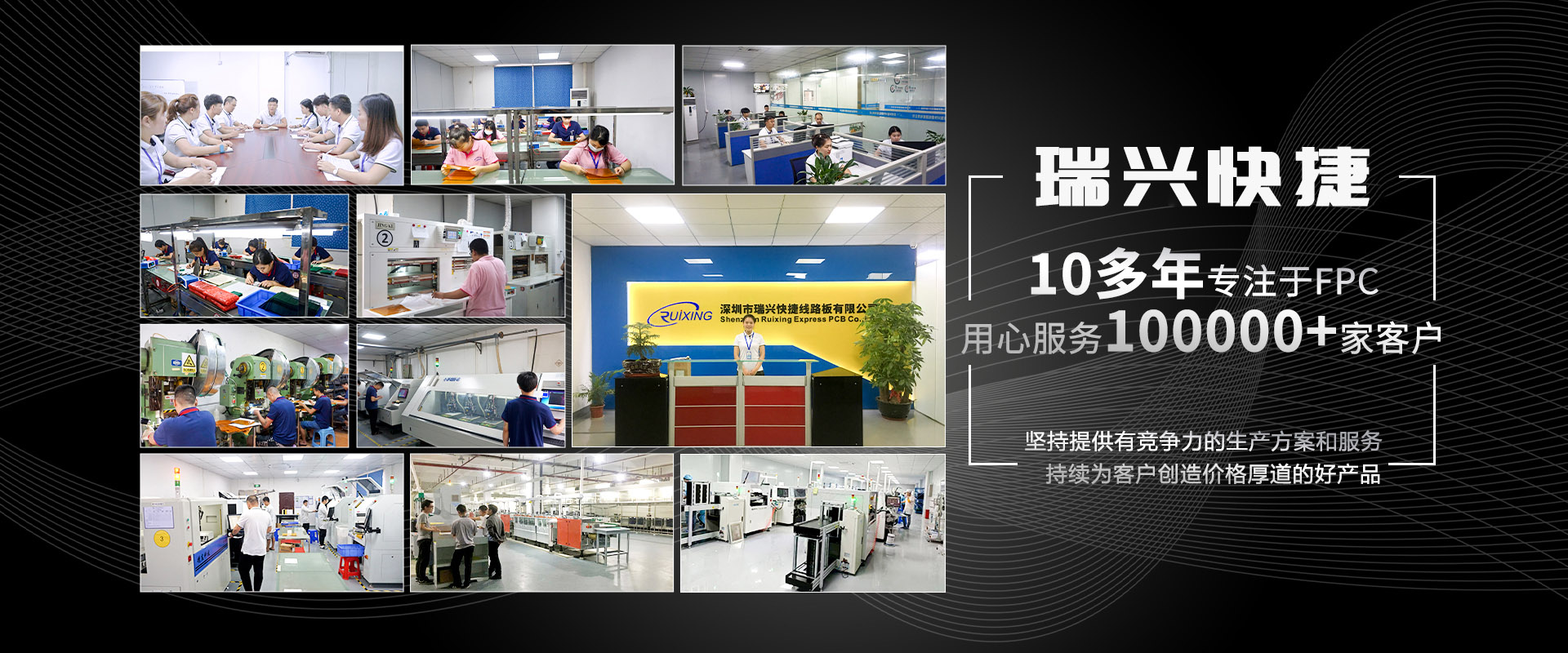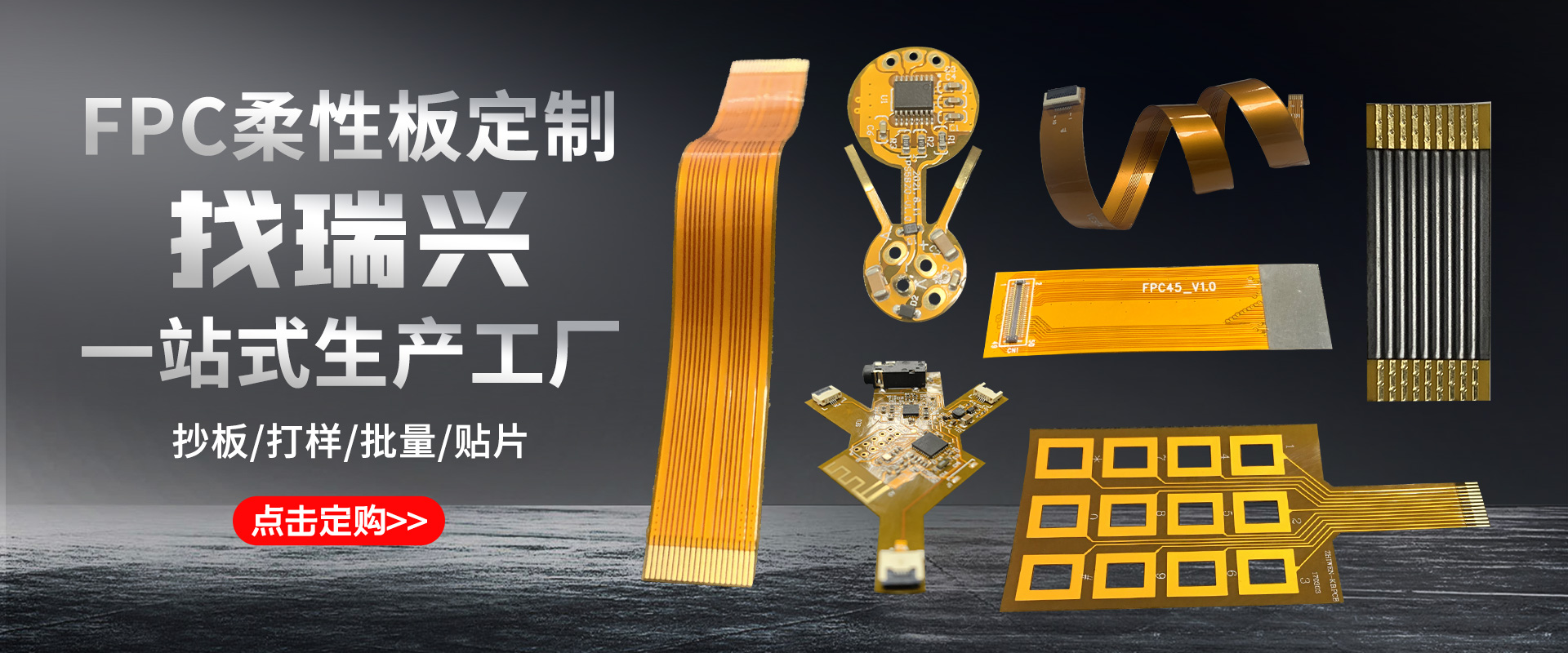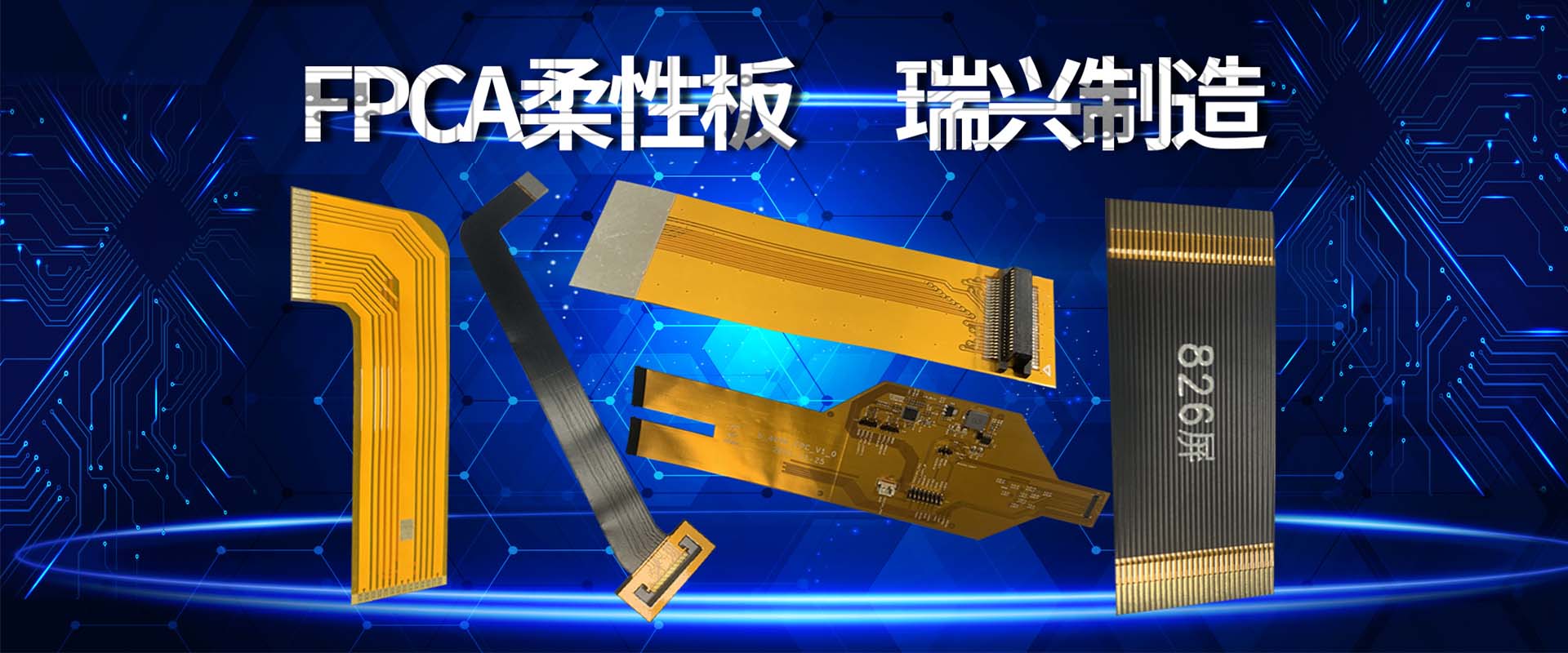
What are the process requirements for single-layer flexible PCB?
Printed circuit boards are divided into two types based on the combination of substrate and copper foil: adhesive flexible board and non adhesive flexible board. Among them, the flexibility of adhesive free flexible circuit boards, the bonding force between copper foil and substrate, and the flatness of solder pads are better than those with adhesive, so adhesive free flexible boards are more expensive in terms of price.
We know that flexible PCBs can be bent and are usually used in situations that require bending. If the design or process is not reasonable, it is easy to produce defects such as microcracks and open welds. Today, the editor of Jieduobang PCB will discuss with you the relevant knowledge of flexible circuit board process requirements. Considering the issue of price, most flexible PCB boards in the current market still use adhesive based flexible PCBs.
Flexible Pcb can be divided into single-layer board, double-layer board, multi-layer board, and double-sided board according to the number of layers of conductive copper foil. Taking single-layer flexible PCB as an example, we will explain the process requirements for flexible circuit boards.
After cleaning, use the rolling method to combine the two. Then, the exposed solder pads are electroplated with gold or tin for protection. In this way, the board is ready. Usually, small circuit boards need to be stamped into corresponding shapes.
Single layer flexible PCB is the simplest type of flexible circuit board, and the raw materials can be purchased in two types: substrate+transparent adhesive+copper foil and protective film+transparent adhesive. By etching copper foil and other processes to obtain the required circuit; The protective film needs to be drilled to expose the corresponding solder pads. After cleaning the two, the rolling method is used to combine them, and the exposed solder pads are protected by electroplating gold or tin. The large plate is made in this way. Usually, small circuit boards need to be stamped into corresponding shapes.







